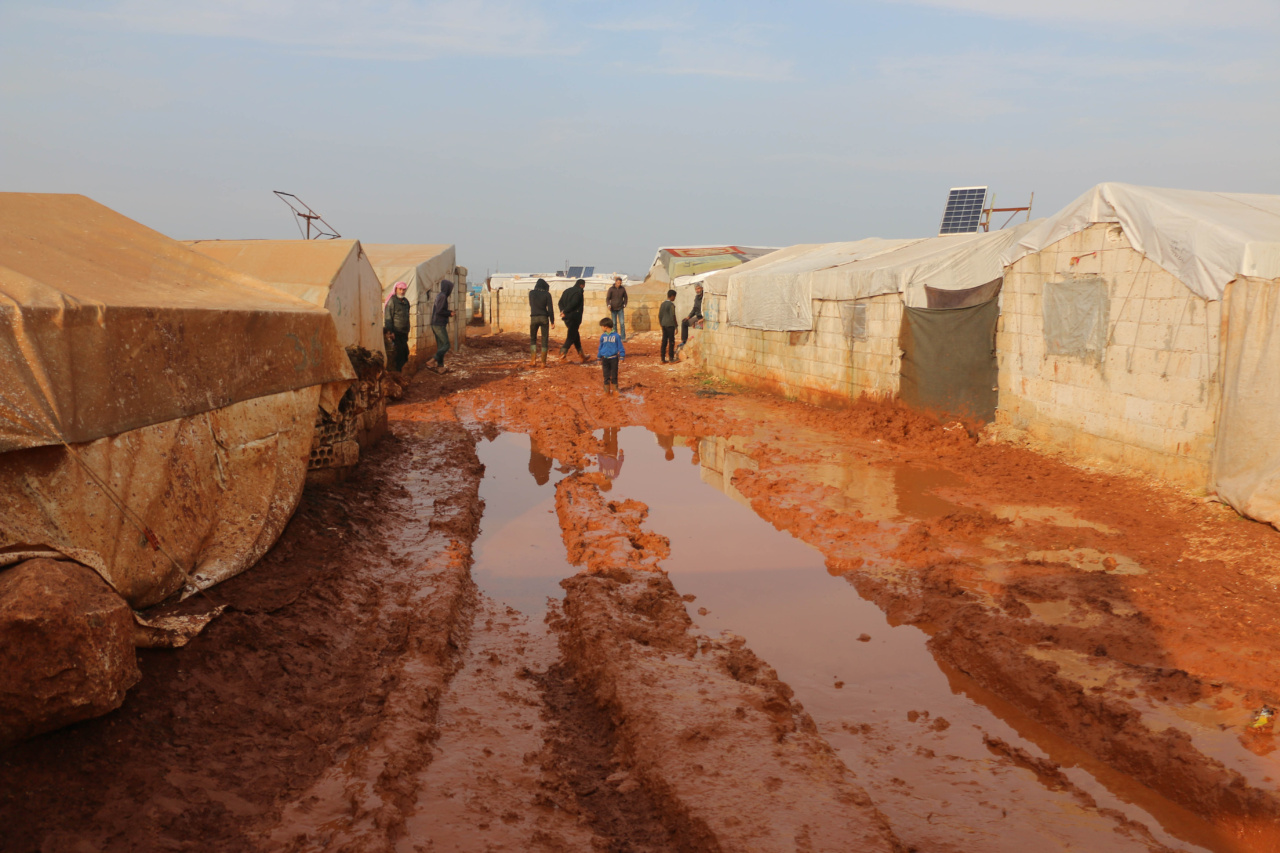Bronchopneumonia, also known as lobular pneumonia, is a type of pneumonia that affects the bronchioles and surrounding lung tissue.
It is an infection that causes inflammation in the small air sacs in the lungs, making it difficult for air to flow properly. This condition can affect both kids and adults, but it is more commonly seen in the elderly and individuals with weakened immune systems.
Causes of Bronchopneumonia
Bronchopneumonia is primarily caused by bacterial or viral infections. In children, it is most commonly caused by respiratory syncytial virus (RSV), adenovirus, and parainfluenza virus.
In adults, it can be caused by Streptococcus pneumoniae, Haemophilus influenzae, and Staphylococcus aureus, among other bacteria.
In some cases, bronchopneumonia can also develop as a complication of another respiratory condition, such as bronchiolitis or chronic obstructive pulmonary disease (COPD).
This condition can be acquired through both community or hospital-acquired infections.
Symptoms of Bronchopneumonia in Kids
The symptoms of bronchopneumonia in children may vary depending on the age of the child and the severity of the infection. Some common symptoms include:.
- Coughing
- Wheezing
- Fever
- Rapid or shallow breathing
- Chest pain
- Fatigue
- Poor appetite
- Difficulty sleeping
- Irritability
It is important to note that infants and young children may not always exhibit typical symptoms of bronchopneumonia. Instead, they may show signs of feeding difficulties, vomiting, or dehydration.
Diagnosing Bronchopneumonia in Kids
When a child presents with symptoms of bronchopneumonia, a doctor will typically perform a physical examination and assess the child’s medical history. They may also recommend additional diagnostic tests, such as:.
- Chest X-rays to evaluate the condition of the lungs
- Blood tests to check for signs of infection
- Sputum culture to identify the specific bacteria causing the infection
- Nasal or throat swab to test for viral infections
- Pulse oximetry to measure the oxygen level in the blood
Treatment for Bronchopneumonia in Kids
The treatment for bronchopneumonia in children usually involves a combination of medications and supportive care. Antibiotics may be prescribed if the infection is bacterial in nature.
It is essential to complete the full course of antibiotics as prescribed by the doctor.
In addition to antibiotics, doctors may recommend:.
- Fever-reducing medications to alleviate discomfort
- Rest and plenty of fluids to speed up recovery
- Humidifiers or steam inhalation to help loosen mucus and ease breathing
- In severe cases, hospitalization might be required for close monitoring and intravenous administration of fluids or medications
Symptoms of Bronchopneumonia in Adults
When bronchopneumonia affects adults, the symptoms can be similar to those seen in children. However, adults may also experience:.
- Shortness of breath
- Chest congestion
- Increased production of mucus
- Nausea or vomiting
- Decreased appetite
- Muscle aches and fatigue
In severe cases, complications can arise, such as the development of pleural effusion (accumulation of fluid in the space between the lungs and the chest wall) or septicemia (blood infection).
Diagnosing Bronchopneumonia in Adults
To diagnose bronchopneumonia in adults, doctors follow a similar approach as with children. They conduct a physical examination, review the patient’s medical history, and suggest various diagnostic tests, including:.
- Chest X-rays to evaluate lung condition
- Sputum culture and blood tests to identify the causative organism
- Pulse oximetry for measuring blood oxygen levels
- Computed tomography (CT) scan, if necessary, to get a detailed view of the lungs
Treatment for Bronchopneumonia in Adults
The treatment plan for bronchopneumonia in adults involves the administration of appropriate antibiotics based on the bacterial or viral cause. Other supportive measures include:.
- Rest and plenty of fluids to aid in recovery
- Fever-reducing medications to alleviate discomfort
- Effective pain management for chest congestion or muscle aches
- Inhalation therapy or the use of bronchodilators to improve breathing
- Respiratory therapy in severe cases to provide supplementary oxygen
It is crucial for adults with underlying health conditions or weakened immune systems to seek prompt medical attention, as they may be at higher risk of complications.
Prevention and Precautions
While it may not be possible to entirely eliminate the risk of bronchopneumonia, there are preventive measures that can be taken:.
- Vaccination: Make sure children receive the recommended vaccinations, such as the pneumococcal vaccine, to protect against certain bacteria that can cause bronchopneumonia.
- Washing hands regularly: Encourage frequent handwashing, especially before meals and after using the restroom, to minimize the spread of bacteria and viruses.
- Covering mouth and nose: Teach children and adults to cover their mouth and nose with a tissue or their elbow when coughing or sneezing to prevent the spread of respiratory droplets.
- Avoiding close contact: Limit close contact with individuals who have respiratory infections, especially if their symptoms are severe.
- Maintaining a healthy lifestyle: Promote a healthy lifestyle that includes regular exercise, a balanced diet, and adequate rest to support a robust immune system.
Conclusion
Bronchopneumonia is a respiratory infection that can affect both kids and adults. Prompt recognition of symptoms and seeking appropriate medical care is crucial to ensure a speedy recovery and prevent complications.
By following preventive measures, such as hand hygiene and vaccinations, we can reduce the risk of contracting bronchopneumonia and protect the overall respiratory health of our loved ones.































